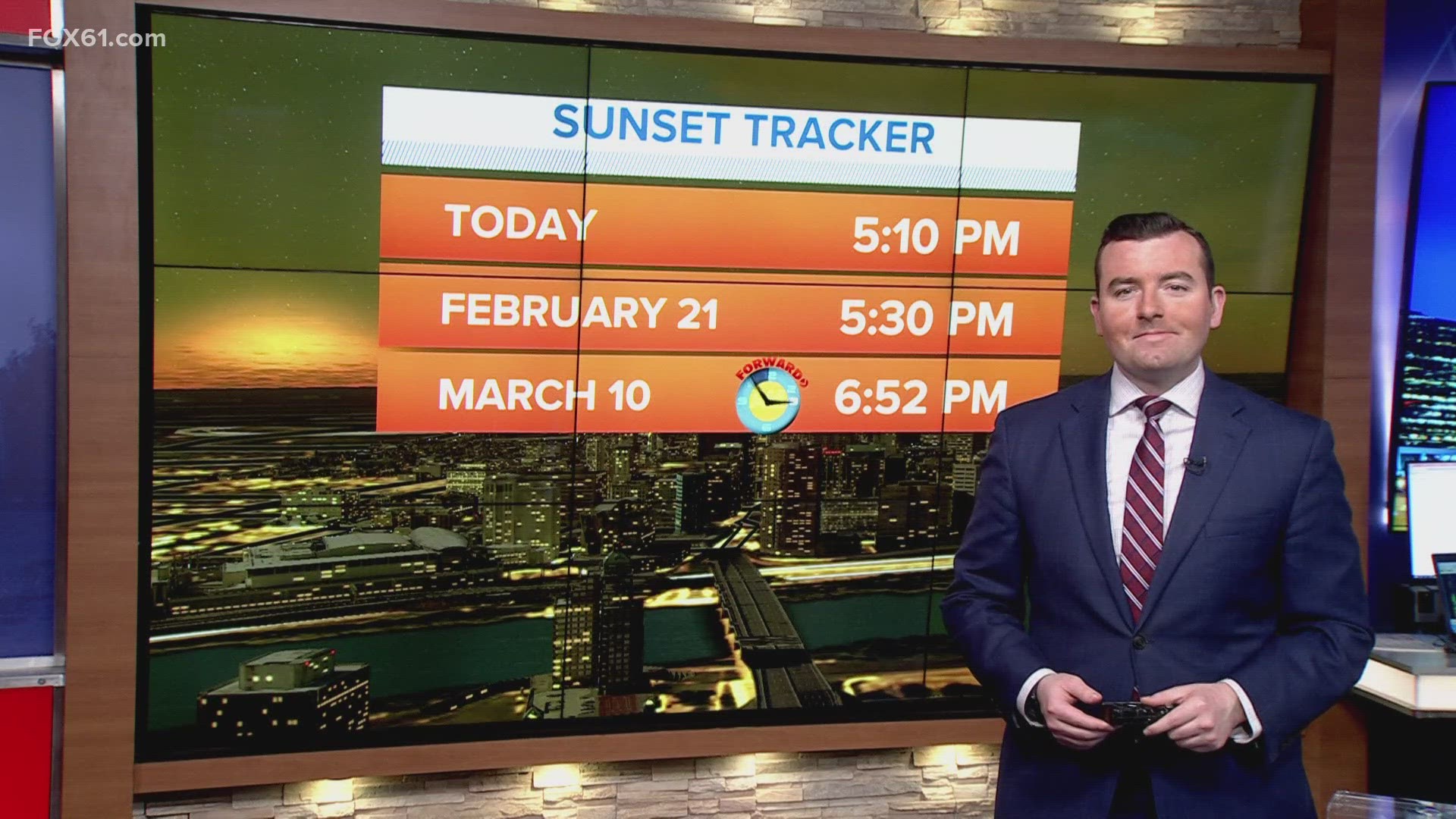HARTFORD, Conn. — Welcome to solar spring!
Most people refer to seasons using the astronomical definition. By that, it's still mid-winter.
But there are three ways to define a season: Astronomical, meteorological, and solar.
Astronomical seasons are based on the position of the Earth in relation to the sun. Seasons are defined by two solstices and two equinoxes: Summer begins on the summer solstice, when the northern hemisphere is tilted closest to the sun. Fall begins on the autumnal equinox. Winter begins on the winter solstice, when the northern hemisphere is tilted farthest from the sun. Spring begins on the vernal equinox.
Meteorological seasons follow the temperature patterns and the calendar, grouping three whole months together. For example, meteorological winter includes the months of December, January and February; meteorological summer includes the months of June, July and August. These months tend to match the warmest and coldest periods of the year.


Solar seasons are based strictly on daylight. The darkest quarter of the year is solar winter (November 7 to February 4). The brightest quarter of the year is solar summer. In between are solar spring and fall.
From February 5 to May 4, solar spring, our daylight will increase at the fastest rate. We're gaining about 2.5 minutes of daylight each day in Connecticut. That will peak around nearly 3 minutes in late March. As we approach the summer solstice, the rate of increase will slow, before we start slowly losing daylight in late June.
If our planet wasn't covered by about 70 percent water, our temperature patterns would more closely mirror the solar seasons. Instead, water takes longer to warm and cool, which is why the astronomical and meteorological seasons lag behind.
Ryan Breton is a meteorologist at FOX61 News. He can be reached at rbreton@fox61.com. Follow him on Facebook, X and Instagram.
Have a story idea or something on your mind you want to share? We want to hear from you! Email us at newstips@fox61.com
HERE ARE MORE WAYS TO GET FOX61 NEWS
Download the FOX61 News APP
iTunes: Click here to download
Google Play: Click here to download
Stream Live on ROKU: Add the channel from the ROKU store or by searching FOX61.
Steam Live on FIRE TV: Search ‘FOX61’ and click ‘Get’ to download.

